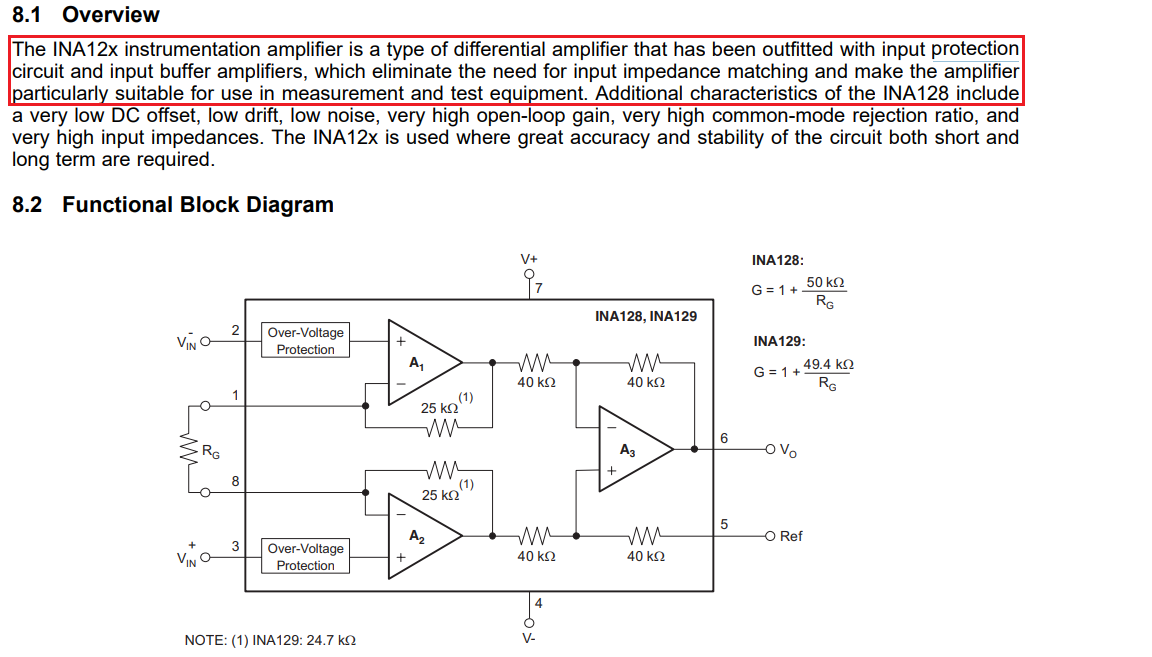Other Parts Discussed in Thread: INA828, ADS1246, TINA-TI
I want to use the Zener diode to design the protect circuit for differential input before the INA128. So I try simulate the circuit by using the BZD23-C6V2 to create the VDD(6.5V) and VEE(-6.5V) before the INA128.
Before simulate the circuit, I don't know it will normally execute. After the simulate the circuit seems can run.
I want to know how to calculate the value of voltage(VF3, VF4) on this circuit.
Do I need use Thevenin's theorem to solve it or any theorem?
And do anything need to notice if I use the +15V, -15V, zener diode and resistance to create the VDD and VEE?
Best Regards,
Brian. Chou


